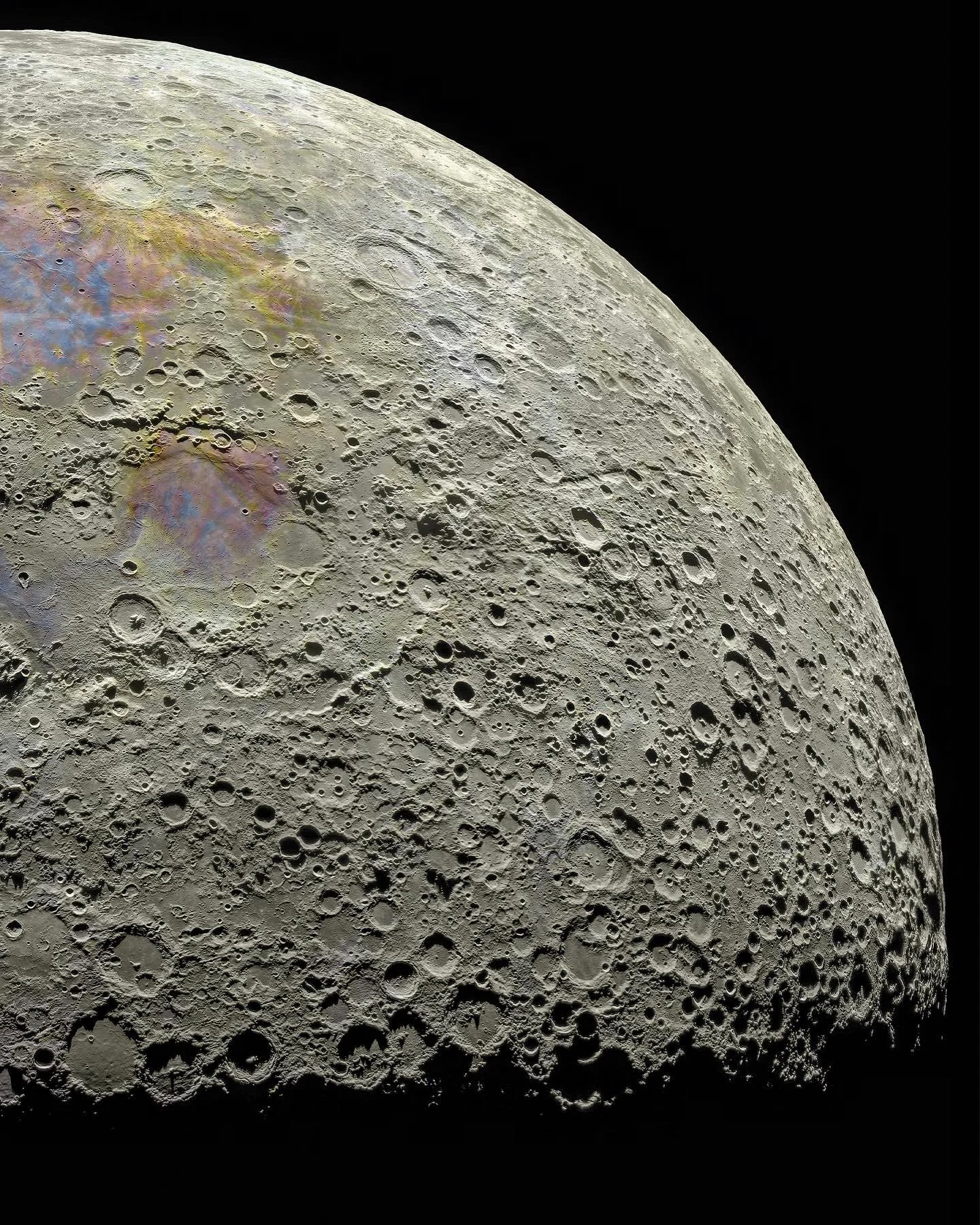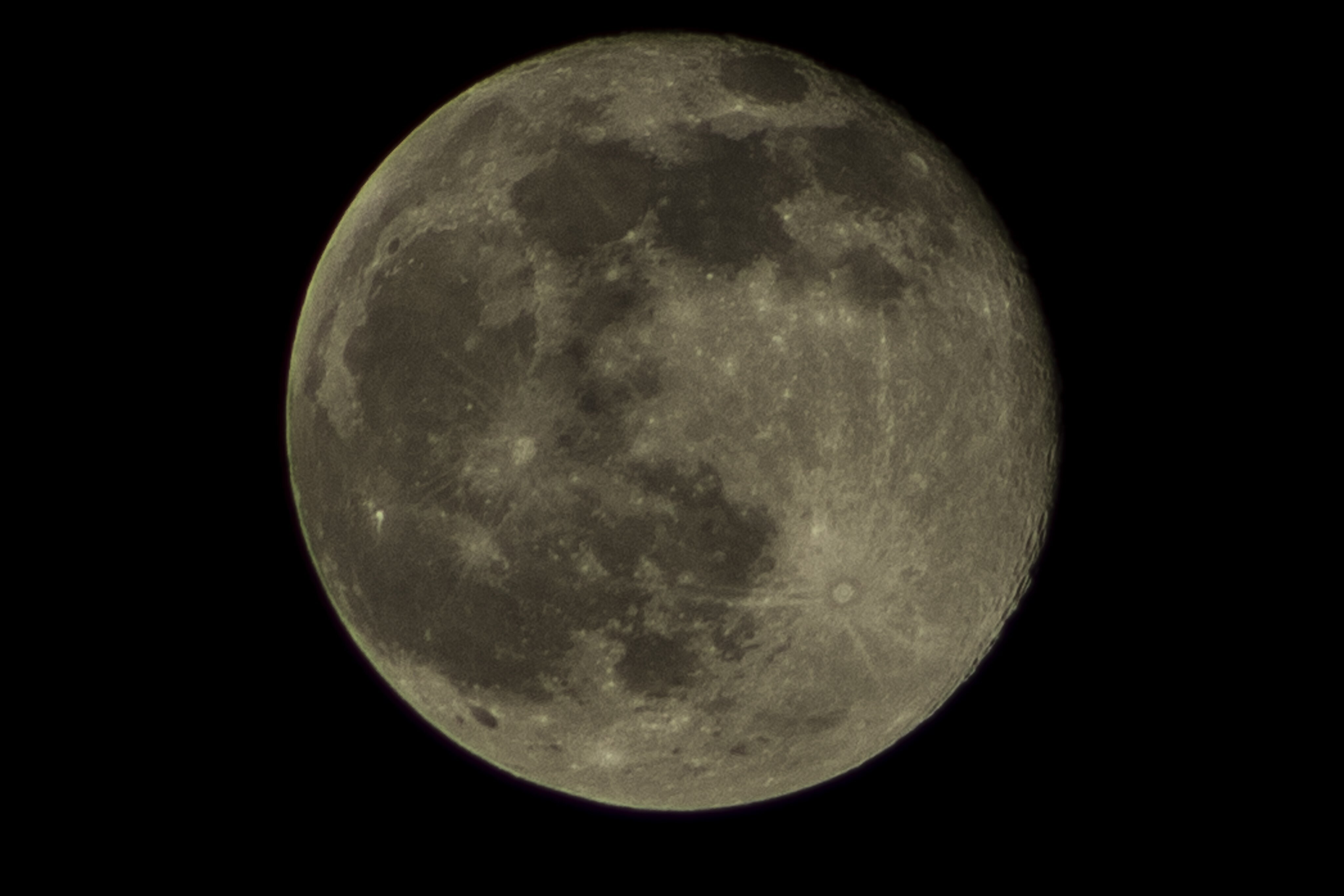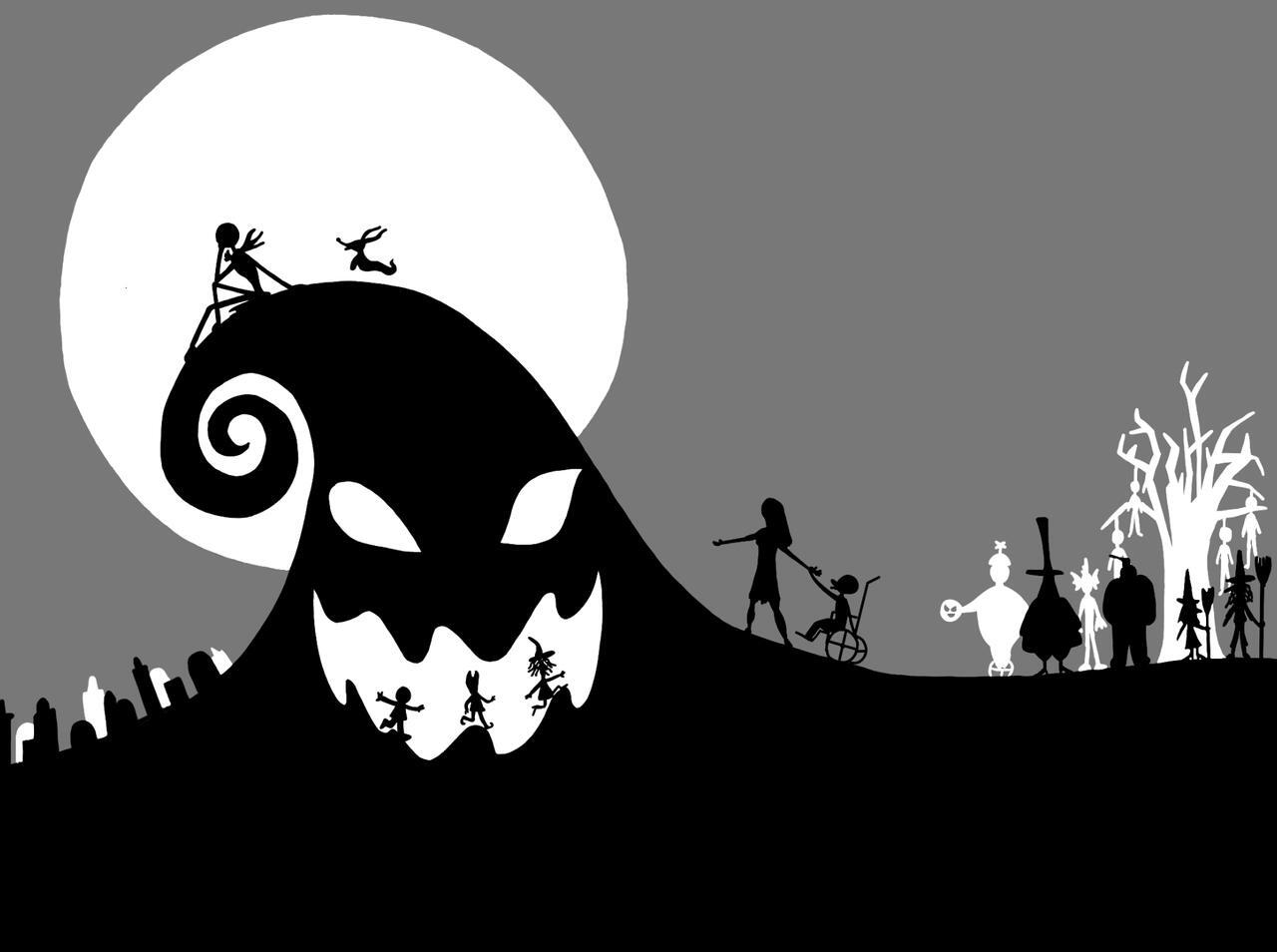From the other place: https://www.reddit.com/r/space/comments/1dmibwd/this_is_my_most_advance_moon_photograph_ever_it/
Pics too good to miss. :)


I don’t know anything about moon pictures, my best attempt was not great

But how did they composite 81,000 images without worrying about atmospheric lensing distorting the proportions as it moved across the sky for 4 days? Is it just negligible?
They didn’t. What they did was take 81,000 images and then filter through, them taking the best images of each region of the Moon and then averaging and compositing those.
It isn’t 81k images stitched together. It’s 81k images taken in the hopes of getting enough with perfect clarity to create the composite.
Is that just the Samsung smart camera composite?
The Samsung moon actually just makes up a plausible looking moon, which is hilarious given that the moon essentially doesn’t change, so they could have just overlayed reference images. Instead, you get features on the moon that don’t exist.
deleted by creator
Huh? Nah it’s an old Canon 1300D. I had to hold the tripod still with sandbags while it took.
My comment was mostly sarcasm. https://www.theverge.com/2023/3/13/23637401/samsung-fake-moon-photos-ai-galaxy-s21-s23-ultra
Cool that you used a “real” camera to do it. Just the experience of doing that is satisfying even if the photos don’t come out great.
Then we appreciate the Nasa images more
Good question.
What is it with the blue/violet/red-yellow stuff?
Is this some metallic thing?
Knowing what I know, I am assuming this image was standardised and then normalised (fancy stats algos to keep things in the same visual range) while stitching it together, and the final product enhanced a lot of colouration (saturation). They’re subtle or undetectable to the naked eye, but they exist. They are reflected in the different minerals present. I’ve done this stuff (raster stitching) with different imagery. Op was active in the comments with info, but I didn’t read up on it.
Pasted from the Reddit thread:
The colors don’t match what a human eye would see, but without going into a philosophy tangent, color is extremely complex and a huge part of what a human sees is your brain doing representations and mapping that isn’t perfectly represented in the physical object being observed. In this photo the saturation has been increased (versus a human eye) because it helps show the geological differences on the lunar surface. The reddish areas are high in iron and feldspar, and the blue-tinted zones have higher titanium content. Instead of thinking of the color as “real” or “fake” it’s probably better to think of it as a tool, to simulate if you were a super human with the ability to adjust saturation and detect metal composition with your eye. Usually when a photo like this is shared by researchers and scientist all this nuance and exposition is included, but then journalist and social media get a hold of it and people start crying “fake” without an understanding of what the image is trying to accomplish. TL;DR - The image isn’t what a human eye would see but it isn’t just art to look cool, the color and modifications have physical meaning and serve a purpose.
Those are great explanations!
Yeah when you get into “proper” photography you quickly realize a “real” image is somewhat subjective. This moon is cracked to 1000%, though.
It’s true. I did photography as a hobby as a kid and it set me ahead when I started mapping. It’s all the same no matter the domain.
here’s what I’d like to know: would we perceive any of this pigmentation from the lunar surface?
With all the impacts the moon seems to take, is there any footage of a new crater being made? That would be super cool to see.
Here you go! First time seeing this footage myself!
https://youtu.be/000iTCoEE1s?si=mKO_1XCDVLYS-Yqk
I seem to recall a story about a large impact visible to Europe from Earth sometime around the renaissance as well, but I couldn’t find it.
Oh wow! Thanks for sharing!
Fuck that looks crisp
this is the COOLEST thing ever
It’s crazy to me that you can get this much detail even through our atmosphere.
I imagine the yellowish tinted areas are mostly sulfur from volcanic ash emissions. That middle picture, in the section between the two mare, it looks like how beach sand is altered after being inundated with water. In general, most of the surface looks like pulverized sand on a beach, at a high level abstracted perspective view. That one section between the mare looks whetted by comparison. Perhaps ash altered the consistency enough to create a similar type of compacted appearance, but if there was water and vulcanism in the area, perhaps that was the Lunar version of Yellowstone.
Funny that the most recent research on the anomalous regions inside the Earth’s mantle have now been linked to the Theia collision through the mantle hotspot activity. So it is likely that the moon and Yellowstone are directly linked. It would be interesting to find that the regional anomalies on the moon are likewise of a similar origin. It would be interesting to me if Yellowstone’s doppelganger is right there in plain sight as well.
Wait a goddamned fucking minute that’s not cheese…!
It’s cheese, gromit!
Can you see any moon landing site remains like the vehicles?
Not even Huble can see them. The moon is HUGE and the remains on the moon are tiny.
no but this is where the Apollo 11 site is

deleted by creator
This image does a good job at making me realize we have explored basically nothing on the moon. SO much more to explore, yet we act like there’s no point trying to send more astronauts to the moon for decades. Please, increase NASA budget more.
This is absolutely gorgeous. I love photos like this :)
Irrespective of the crater size, depth looks consistent. Does anyone know why that is?
Now, is it really those colors is that just science stuff like all those dope pictures of nebulas?
Poor thing looks bruised. Who hit you?!
Came in to see the comments and my goodness they are lovely this evening!












